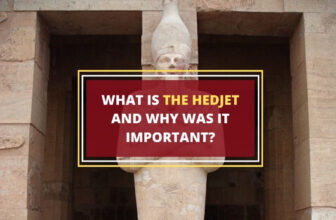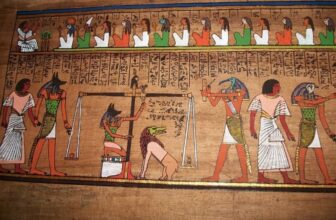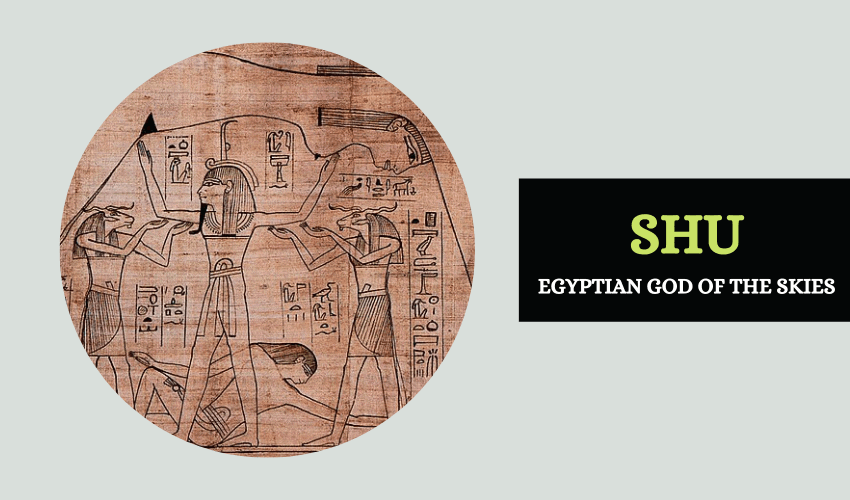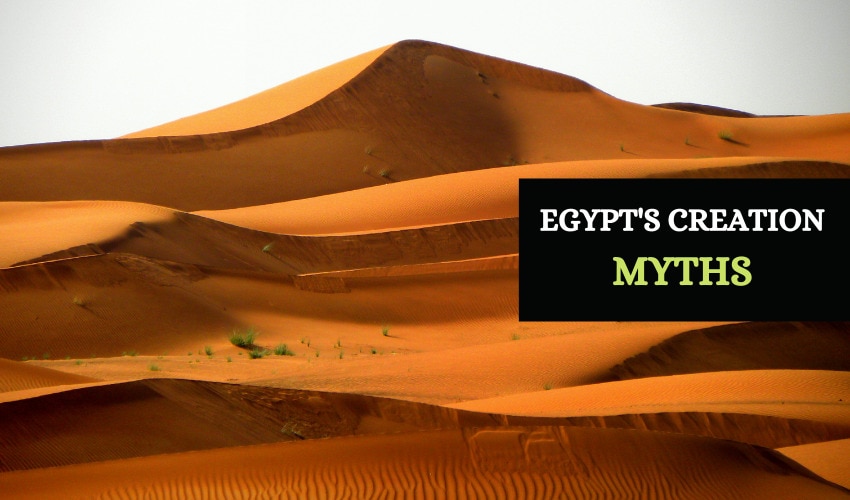
One of the many amazing things about ancient Egyptian mythology is that it’s not made out of just one mythological cycle. Instead, it’s a combination of multiple different cycles and divine pantheons, each written down during different kingdoms and periods of Egypt’s history.
That’s why Egyptian mythology has several “main” gods, a few different gods of the Underworld, multiple mother goddesses, and so on. And that’s also why there’s more than one ancient Egyptian creation myth, or cosmogony.
This can make Egyptian mythology seem complicated at first, but it’s also a large part of its charm. And what makes it even more fascinating is that the ancient Egyptians seem to have easily blended their different mythological cycles together. Even when a new supreme deity or pantheon rose to prominence over an old one, the two often merged and lived on together.
The same goes for the Egyptian creation myths. Even though there are several such myths, and they did compete for the Egyptians’ worship, they also complimented one another. Each Egyptian creation myth describes different aspects of the peoples’ understanding of creation, their philosophical predilections, and the lens through which they viewed the world around them.
So, what exactly are those Egyptian creation myths?
In total, four of them have survived until our days. Or at least, four such myths were prominent and widespread enough to be worth mentioning. Each of these arose in different ages of Egypt’s long history and in different locations around the country – in Hermopolis, Heliopolis, Memphis, and Thebes. With the rise of each new cosmogony, the former was either incorporated into the new mythology or it was pushed aside, leaving it with a marginal but never non-existent relevance. Let’s go over each of them one by one.
1. Hermopolis

The first major Egyptian creation myth was formed in the city of Hermopolis, near the original border between the two main Egyptian kingdoms at the time – Lower and Upper Egypt. This cosmogony or understanding of the universe focused on a pantheon of eight gods called the Ogdoad, with each of them seen as an aspect of the primordial waters from which the world emerged. The eight gods were divided into four couples of a male and female deity, each standing for a particular quality of these primordial waters. The female deities were often depicted as snakes and the male ones as frogs.
According to the Hermopolis creation myth, the goddess Naunet and the god Nu were the personifications of the inert primordial waters. The second male/female divine couple were Kek and Kauket who represented the darkness within this primordial waters. Then there were Huh and Hauhet, the gods of the primordial water’s infinite extent. Lastly, there’s the most famous duo of the Ogdoad – Amun and Amaunet, the gods of the unknowable and hidden nature of the world.
Once all eight Ogdoad deities emerged out of the primeval seas and created the great upheaval, the mound of the world emerged from their efforts. Then, the sun rose above the world, and life followed soon after. While all eight of the Ogdoad gods continued to be worshipped as equals for millennia, it was the god Amun who became the supreme deity of Egypt many centuries later.
However, it was neither Amun nor any other of the Ogdoad gods who became the supreme deity of Egypt, but rather the two goddesses Wadjet and Nekhbet – the rearing cobra and the vulture – who were the matriarch deities of the Lower and Upper Egypt kingdoms.
2. Heliopolis
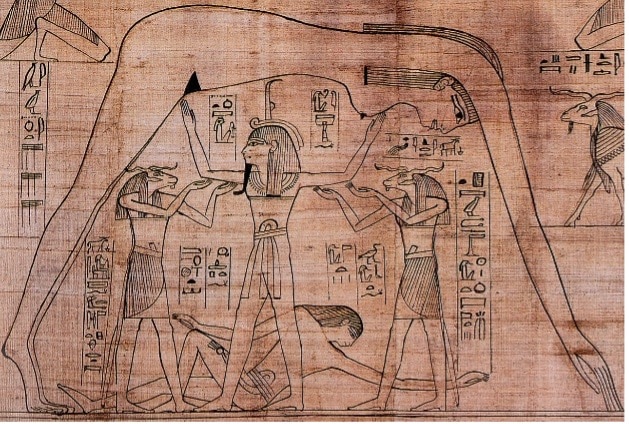
After the period of the two kingdoms, Egypt was eventually unified around 3,100 BCE. At that same time, a new creation myth arose from Heliopolis – the City of the Sun in Lower Egypt. According to that new creation myth, it was actually god Atum who created the world. Atum was a god of the sun and was often associated with the later sun god Ra.
More curiously, Atum was a self-engendered god and was also the primordial source of all forces and elements of the world. According to the Heliopolis myth, Atum first gave birth to the air god Shu and the moisture goddess Tefnut. He did so through an act of, shall we say, auto-eroticism.
Once born, Shu and Tefnut represented the emergence of empty space amid the primordial waters. Then, the brother and sister coupled and produced two children of their own – the earth god Geb and the sky goddess Nut. With the birth of these two deities, the world was essentially created. Then, Geb and Nut produced another generation of gods – the god Osiris, the goddess of motherhood and magic Isis, the god of chaos Set, and Isis’ twin sister and chaos goddess Nephthys.
These nine gods – from Atum to his four great-grandchildren – formed the second main Egyptian pantheon, called the ‘Ennead’. Atum remained as the sole creator god with the other eight being mere extensions of his nature.
This creation myth, or new Egyptian cosmogony, includes two of Egypt’s supreme deities – Ra and Osiris. The two didn’t rule parallel to each other but came into power one after the other.
First, it was Atum or Ra who was proclaimed supreme deity after the unification of Lower and Upper Egypt. The previous two matriarch goddess, Wadjet and Nekhbet continued to be worshipped, with Wadjet even becoming a part of the Eye of Ra and an aspect of Ra’s divine might.
Ra remained in power for many centuries before his cult began to wane and Osiris was “promoted” as Egypt’s new supreme god. He too was eventually replaced, however, after the emergence of yet another creation mythology.
3. Memphis
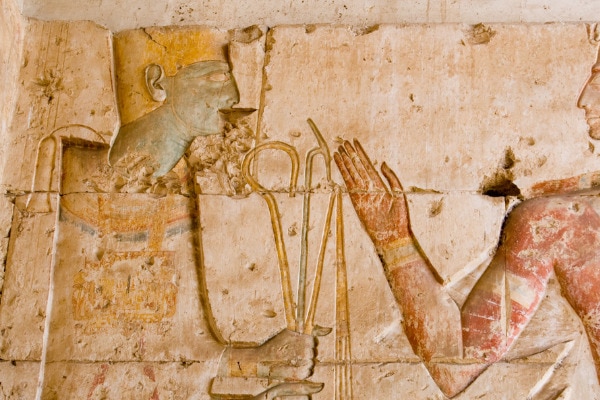
Before we cover the creation myth that would eventually produce the replacement of Ra and Osiris as the supreme gods, it’s important to note another creation mythology that existed alongside the Heliopolis cosmogony. Born in Memphis, this creation myth credited the god Ptah with the creation of the world.
Ptah was a craftsman god and a patron of Egypt’s famed architects. A husband of Sekhmet and a father to Nefertem, Ptah was also believed to be the father of the famous Egyptian sage Imhotep, who was later defied.
More importantly, Ptah created the world in a rather different fashion compared to the previous two creation myths. Ptah’s creation of the world was much more akin to the intellectual creation of a structure rather than a primordial birth in the ocean or a lone god’s onanism.
Instead, the idea of the world formed inside of Ptah’s heart and was then brought into reality when Ptah spoke the world out one word or name at a time. It was by speaking that Ptah created all other gods, humanity, and the Earth itself.
Even though he was widely worshipped as a creator god, Ptah never assumed the role of a supreme deity. Instead, his cult continued on as that of a craftsman and architect god which is probably why this creation myth coexisted peacefully with the one from Heliopolis. Many simply believed that it was the architect god’s spoken word that led to the formation of Atum and the Ennead.
This doesn’t detract from the significance of Ptah’s creation myth. In fact, many scholars believe that Egypt’s name comes from one of Ptah’s major shrines – Hwt-Ka-Ptah. From that, the ancient Greeks created the term Aegyptos and from it – Egypt.
4. Thebes
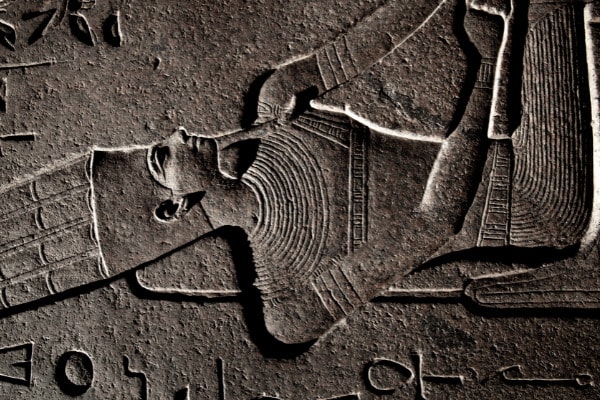
The last major Egyptian creation myth came from the city of Thebes. Theologians from Thebes returned to the original Egyptian creation myth of Hermopolis and added a new spin to it. According to this version, the god Amun wasn’t just one of the eight Ogdoad deities but a concealed supreme deity.
The Theban priests postulated that Amun was a deity that existed “Beyond the sky and deeper than the underworld”. They believed that Amun’s divine call was the one to break the primordial waters and create the world, and not Ptah’s word. With that call, likened to the scream of a goose, Atum created not just the world but the Ogdoad and Ennead gods and goddesses, Ptah, and all other Egyptian divinities.
Not much later, Amun was proclaimed to be the new supreme god of all of Egypt, replacing Osiris who became the funeral god of the Underworld after his own death and mummification. Additionally, Amun was also merged with the previous sun god of the Heliopolis cosmogony – Ra. The two became Amun-Ra and ruled over Egypt until its eventual downfall centuries later.
Wrapping Up
As you can see, these four Egyptian creation myths don’t just replace each other but flow into one another with an almost dance-like rhythm. Each new cosmogony represents the evolution of the Egyptians thought and philosophy, and each new myth incorporates the old myths in one way or another.
The first myth portrayed the impersonal and indifferent Ogdoad who didn’t rule but simply were. Instead, it was the more personal goddesses Wadjet and Nekhbet that looked after the Egyptian people.
Then, the invention of the Ennead included a much more involved collection of deities. Ra took over Egypt, but Wadjet and Nekhbet continued to live on alongside him too as minor but still beloved deities. Then came the cult of Osiris, bringing with it the practice of mummification, the worship of Ptah, and the rise of Egypt’s architects.
Finally, Amun was proclaimed the creator of both the Ogdoad and Ennead, was merged with Ra, and continued to rule on with Wadjet, Nekhbet, Ptah, and Osiris all still playing active roles in Egyptian mythology.




